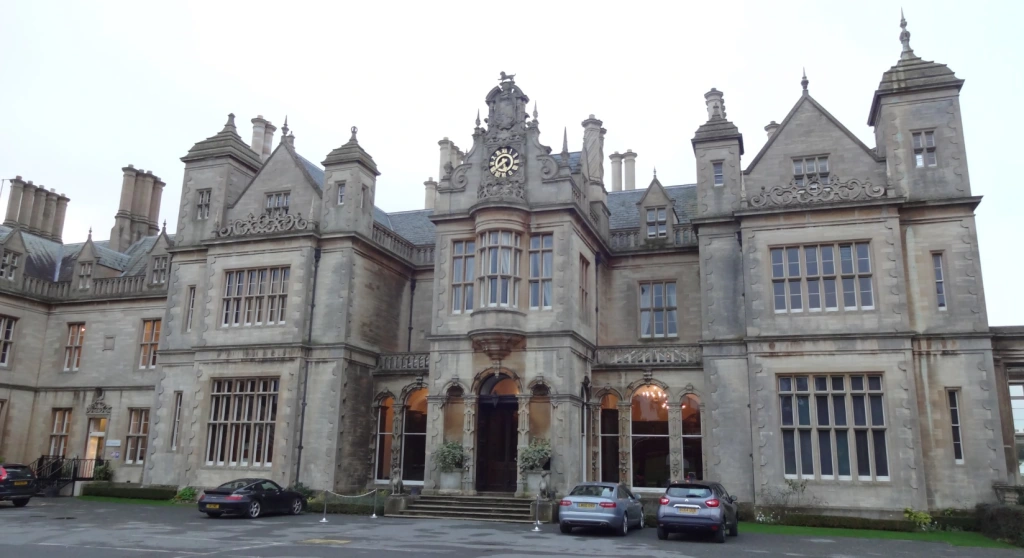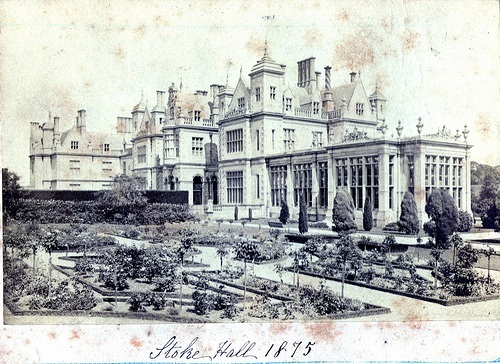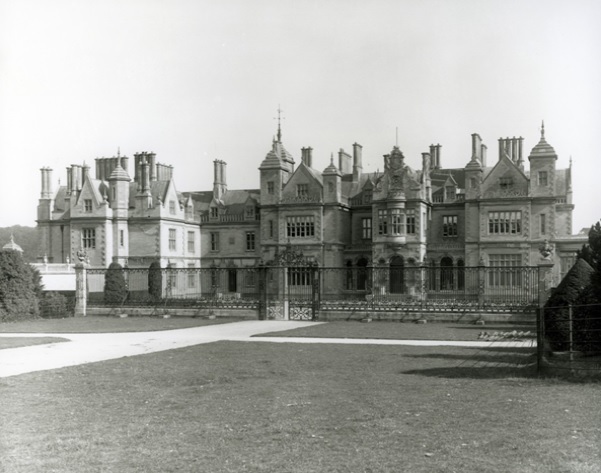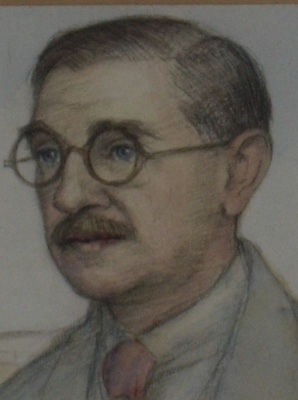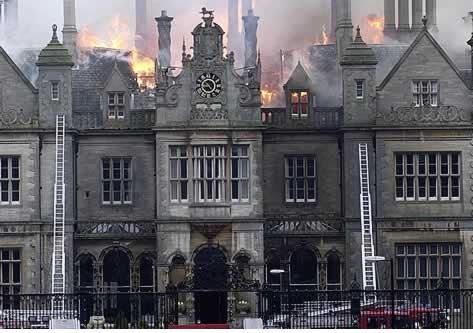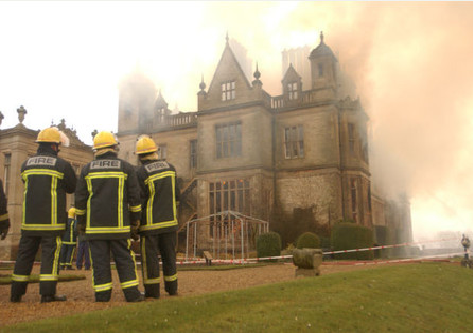A Historic Gem in Lincolnshire
Introduction
Stoke Rochford Hall, a stunning Grade I listed heritage house in Lincolnshire, is a remarkable example of Victorian architecture. This grand country estate has witnessed centuries of history, from its construction in the mid-19th century to its transformation into a hotel and conference center. This article delves into its architectural significance, historical background, and modern-day restoration efforts.
Architectural Marvel of Stoke Rochford Hall
Design and Construction
Stoke Rochford Hall was designed by the distinguished Scottish architect William Burn between 1841 and 1845 for Christopher Turnor. The hall exhibits Burn’s signature architectural style, combining Jacobean and Victorian influences. The estate features:
- Pecked ashlar stonework with smooth quoins and dressings
- Welsh slate roofs with raised stone coped gables
- Octagonal chimney stacks adorned with intricate detailing
- Irregular L-plan layout, blending elegance and functionality
Influences of William Burn
Burn, a renowned architect, worked on several notable country houses, including Blairquhan in Aberdeenshire, Falkland House in Fife, and Revesby Abbey in Lincolnshire. His work at nearby Harlaxton Manor likely caught Turnor’s attention, leading to his commission for Stoke Rochford Hall.
Landscape and Surroundings
The pleasure grounds were meticulously designed by William Andrews Nesfield, a respected landscape designer of the 19th century. His work enhanced the hall’s grandeur, providing a scenic environment that complemented the architectural splendor.
The Turnor Family and Their Legacy
Christopher Turnor: The Visionary Behind the Hall
Christopher Turnor (1809–1886) inherited 20,664 acres of land with a substantial rental income of £27,000. A dedicated Conservative MP for South Lincolnshire, he commissioned the hall as his principal residence.
Edmund Turnor and the Hall’s Transition
His son, Edmund Turnor (1838–1903), was less attached to Stoke Rochford Hall, preferring Panton Hall, which was later demolished in 1964. The estate was leased to tenants, including Harry Wyndham Jefferson, an Olympic gold medalist in sailing.
Christopher Hatton Turnor: A Reformer and Architect
The next significant owner, Christopher Hatton Turnor (1873–1940), was deeply involved in agriculture and rural education. A trained architect under Edwin Lutyens and Robert Weir Schultz, he made unique additions to the hall, including:
- A green glass fireplace in the Newton Room
- A scenic Mediterranean design carved into the main staircase balustrade
The Hall’s Role in World War II
During World War II, the War Department requisitioned the hall, housing the Second Battalion of the Parachute Regiment. Legend has it that the infamous Arnhem drop of 1944 was planned in the library.
Post-War Evolution and Modern Usage
Teacher Training College Era (1948–1978)
In 1948, Kesteven County Council leased the hall for use as a teacher training college. The estate later passed to Alistair McCorquodale and his wife Rosemary, daughter of Major Turnor, in 1954.
National Union of Teachers (NUT) Ownership (1978–2016)
Following the college’s closure, the hall was acquired by the National Union of Teachers (NUT) and functioned as a national education and conference center for nearly four decades.
The Devastating 2005 Fire and Restoration
The Fire Incident
In January 2005, a massive fire erupted behind the clock tower, causing extensive damage. Firefighters battled the flames for hours, but parts of the hall, including:
- The Grand Hall
- The Library
- Several historically significant rooms were destroyed.
Restoration Efforts (2005–2008)
The hall underwent a £12 million restoration, led by English Heritage. Key restoration highlights include:
- Reconstruction of the Grand Hall and Library
- Meticulous preservation of architectural details
- Salvaging and reinstating priceless furniture, paintings, and antiques
Transition to Talash Hotels (2016)
In 2016, the 999-year lease was sold to Talash Hotels Ltd, with plans to upgrade Stoke Rochford Hall into a high-end hotel.
Present-Day Stoke Rochford Hall
A Hotel and Conference Center
Today, Stoke Rochford Hall stands as a luxurious hotel and conference center, offering:
- Elegant accommodation
- Wedding and event hosting
- Corporate conferences and retreats
- Fine dining experiences
The Estate’s Ownership
The Stoke Rochford estate remains under the ownership of Neil McCorquodale, the son of Alistair and Rosemary McCorquodale. The estate’s connection to British aristocracy continues to be a defining feature of its legacy.
Conclusion
Stoke Rochford Hall’s journey from a Victorian country house to a war headquarters, educational institution, and luxury hotel is a testament to its resilience. The meticulous restoration and continued preservation ensure that this architectural masterpiece remains an integral part of Lincolnshire’s heritage.
- Evan Name Meaning - June 5, 2025
- Virginia’s Most Popular THC Infused Drinks - June 5, 2025
- Nebraska’s THC Infused Seltzer Recommendations - June 4, 2025

